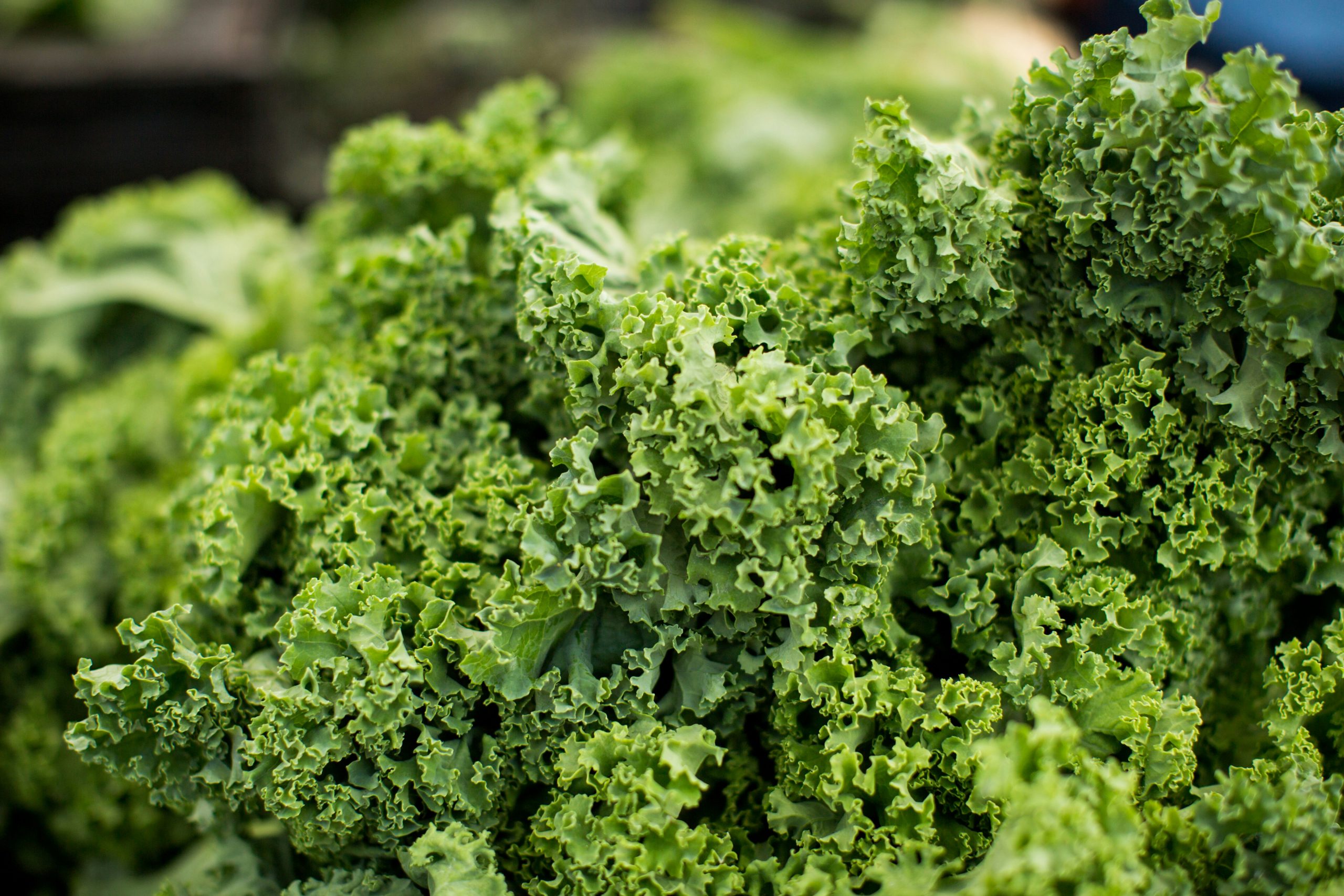**1. Kale, the King of Leafy Greens**
Kale, along with spinach and broccoli, is one of the most recommended ‘non-starchy vegetables’ for people with diabetes. It is extremely rich in vitamins A, C, and K, and packed with minerals like calcium and potassium, and antioxidants like lutein and zeaxanthin. It is a top health vegetable with very low calorie and carbohydrate content, having almost no impact on blood sugar.
**2. The Reason to Eat it as ‘Leaves,’ Not ‘Juice’**
– **The Importance of Dietary Fiber:** One of the main reasons why all vegetables and fruits, including kale, are beneficial for blood sugar management is ‘dietary fiber.’ Fiber slows down the absorption of glucose, preventing sharp spikes in blood sugar.
– **The Problem with Juice:** When kale is blended at high speed in a mixer to make juice, most of the structure of this important dietary fiber is destroyed.
– **The Result:** The juice, with its destroyed fiber, is digested and absorbed much more quickly, which can raise blood sugar faster and higher than when eaten as raw leaves. Especially if other fruits like apples or bananas are added for taste, this ‘health juice’ can become more like ‘sugar water.’
**3. The Best Way to Consume**
– **In Salads or as Wraps:** To fully consume the nutrients of kale and get help with blood sugar management, it is best to eat it raw in the form of salads or as a wrap.
– **Lightly Steamed or Sautéed:** If eating it raw is difficult, lightly steaming it or quickly sautéing it in a small amount of olive oil are also good methods.
Summary: When kale is juiced, the dietary fiber crucial for blood sugar control is destroyed. To maximize the health benefits of kale, it is best to consume it in a form that preserves the fiber, such as in salads or wraps.


Leave a Reply